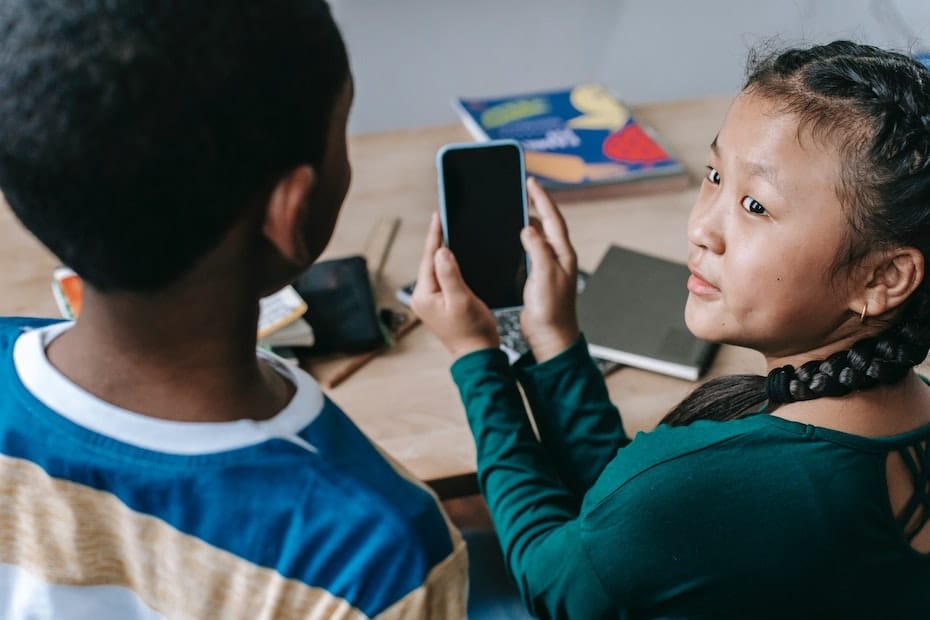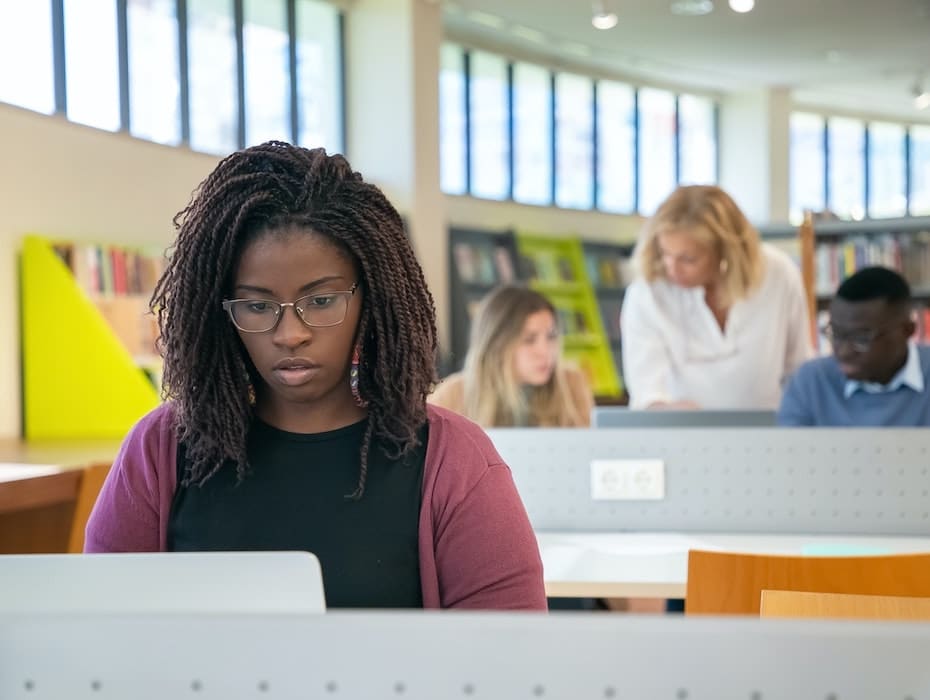Highlights:
This article explores the following key topics related to communication literacy:
- The definition of communication literacy, including a comparison of traditional literacy and digital literacy
- Awareness of the various communications channels popular in the current environment
- Applying conventional communication principles and social etiquette in the digital world
- Benefits of hands-on application of learned concepts
- The role of unified communications solutions in institutions and businesses
👩🏫 💻 📚 Need a refresher on virtual learning best practices? Grab our eBook for tips, techniques, and tools.
Communication literacy is a skill set that includes effective communication abilities, along with understanding of social norms and etiquette. In the modern world, much of the emphasis in communication literacy centers on digital platforms. This specific area is known as digital literacy.
Effective communication and socialization skills remain as critical as ever to successful personal and professional relationships. However, the multitude of technology systems in place and privacy and security risks make communication literacy instruction challenging.
Strategies used to teach digital communication literacy
The following is a look at strategies used to teach digital communication literacy, including insights on overcoming challenges.
Awareness of communications platforms
One of the best places to begin instruction on digital communication literacy is with a look at the common platforms used. Students often are familiar with some, such as email and social media. Thanks to the pandemic, of course, most students became familiar with web-conferencing technology.
However, even with awareness of these options, many students have not received instruction on how to properly use them. There are also a number of other platforms with which students likely aren’t as familiar. Common channels include email, social media, web chats and chat rooms, blogs and vlogs, live-streaming, web conferencing, discussion forums, and online gaming audio and video streams. It is helpful to survey your class before you begin instruction to find out the channels with which they are most familiar and what they know about each one.
Teach students about the features of each common channel, including their respective usefulness in achieving certain communication outcomes. Include both personal and professional applications.
Communication and socialization principles in a digital environment
Although there are a lot of differences between interpersonal communication and communication via a digital platform, basic principles of communication and social etiquette still apply. It is helpful to give students new ideas by comparing them to concepts in a frame of reference they understand.
Discuss particular facets of interpersonal communication and socialization, and then explain how those same principles apply to digital literacy. For instance, the use of friendly or professional greetings in email messages is akin to similar pleasantries in a face-to-face conversation. This type of comparison helps students understand that there is still a real person with needs and emotions on the other end of the conversation.
Digital safety and sharing guidelines
One of the most important lessons in digital communication literacy involves online safety and sharing guidelines. Digital-native students sometimes are not fully aware of the risks posed by oversharing on social media and other digital channels. They were born into a generation that blends the “real world” and “digital world” into one holistic system. However, it is for these very reasons that instruction on digital safety is so important.
Information posted online or through some communication gateways is not fully secure or private, and there are a lot of unscrupulous people attempting to hack personal, confidential, and private data.
Digital safety instruction includes coverage of the following topics:
- Privacy settings on devices
- Security risks on popular platforms
- Sharing guidelines
- Warning signs of safety threats
- Phishing schemes

Hands-on application
As with any other type of instruction, hands-on learning reinforces theoretical principles. Students learn best when they practice applying the skills you teach them, with an opportunity to receive guidance and feedback in the process. You can demonstrate use of various communications platforms for students, and then let them practice on their own devices. Observe, ask questions, and share what you notice.
Many institutions now use unified communications solutions to facilitate more collaborative communication among educators. These systems allow for seamless interaction across all common channels. They also allow you to easily share documents and track conversations, while operating in a safe environment protected by multi-factor authentication and other security protocols.
Educators also use a UCS to interact with remote students or outside normal school times. If your school has a UCS in place, you can demonstrate its capabilities to your students. This type of demonstration helps them understand the concepts of flexible and adaptable communication. You can also teach them about the various institutions and businesses that use this type of system and why. Some of your students are likely to use it in their future careers.

RingCentral supports communication literacy
Communication literacy in the digital era requires a combination of technology skills with communication and socialization acumen. This is a delicate balance for teachers to manage. You have to instruct students on the capabilities of advanced communication systems while warning about potential dangers that exist. You also have to blend instruction on tech platforms with teaching traditional interpersonal skills.
Given the challenges of teaching digital communication literacy, it is important to have the best systems in place. A cloud-based comprehensive communications solution has become a key piece of the digital communications infrastructure in many organizations and schools.
This type of platform provides an effective solution for educators to collaborate and share information and resources. It also provides a method by which teachers can expand educational access to students across all common platforms. Part of that education comes from the demonstration of communication inherent within the system.
RingCentral offers one of the most effective unified communications solutions available while featuring the most advanced security measures available. See how it can benefit your school today.
Originally published May 17, 2022





